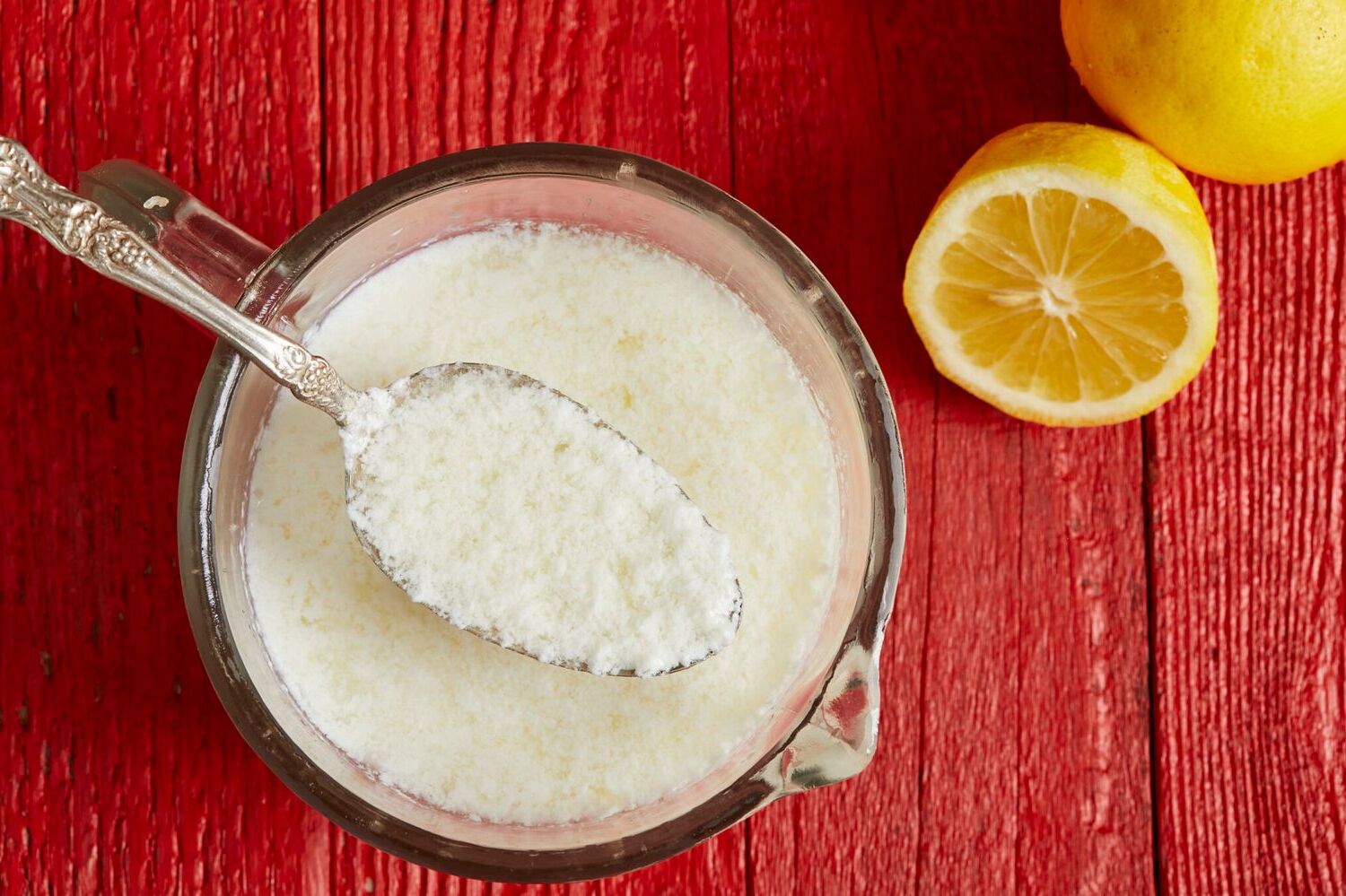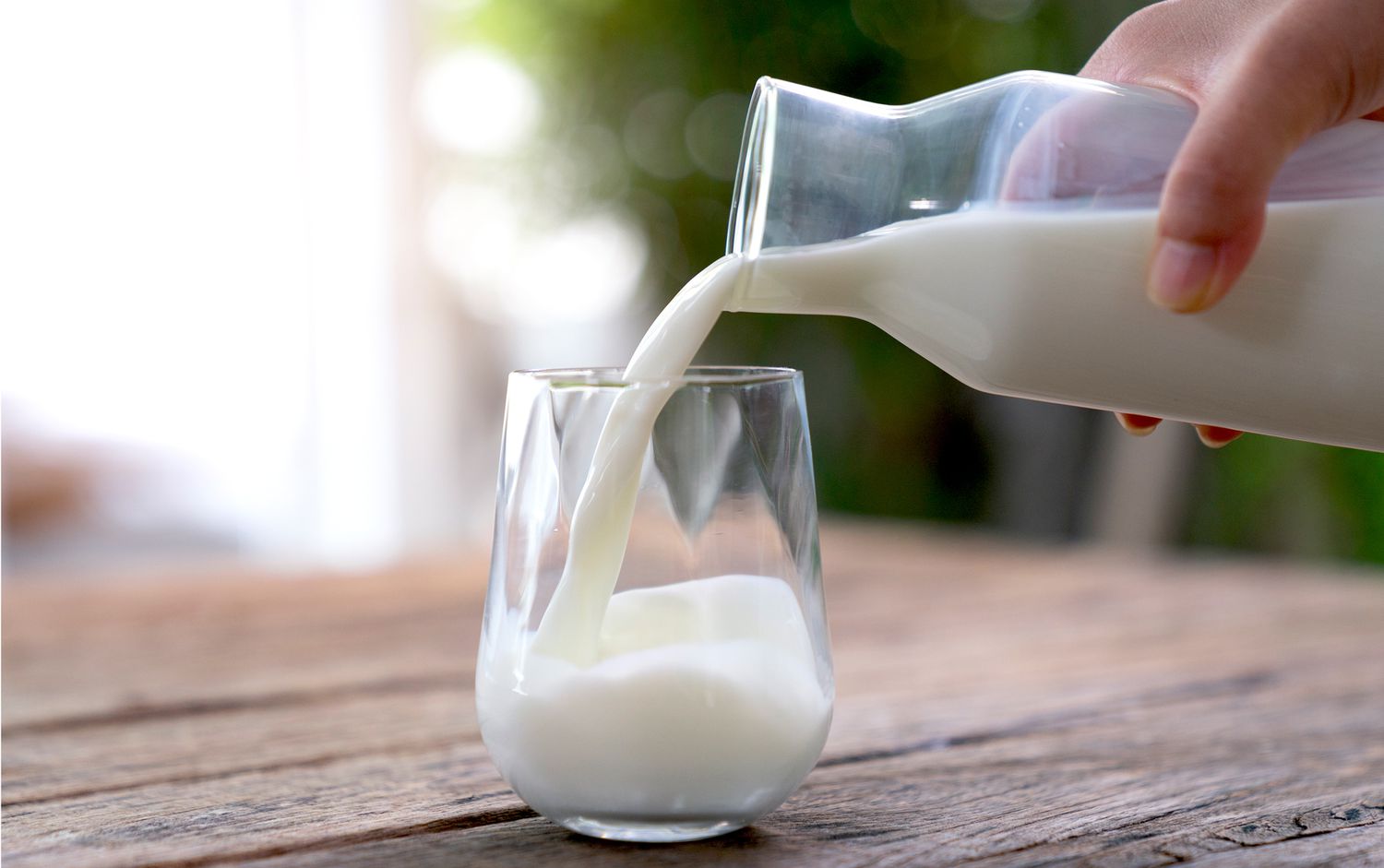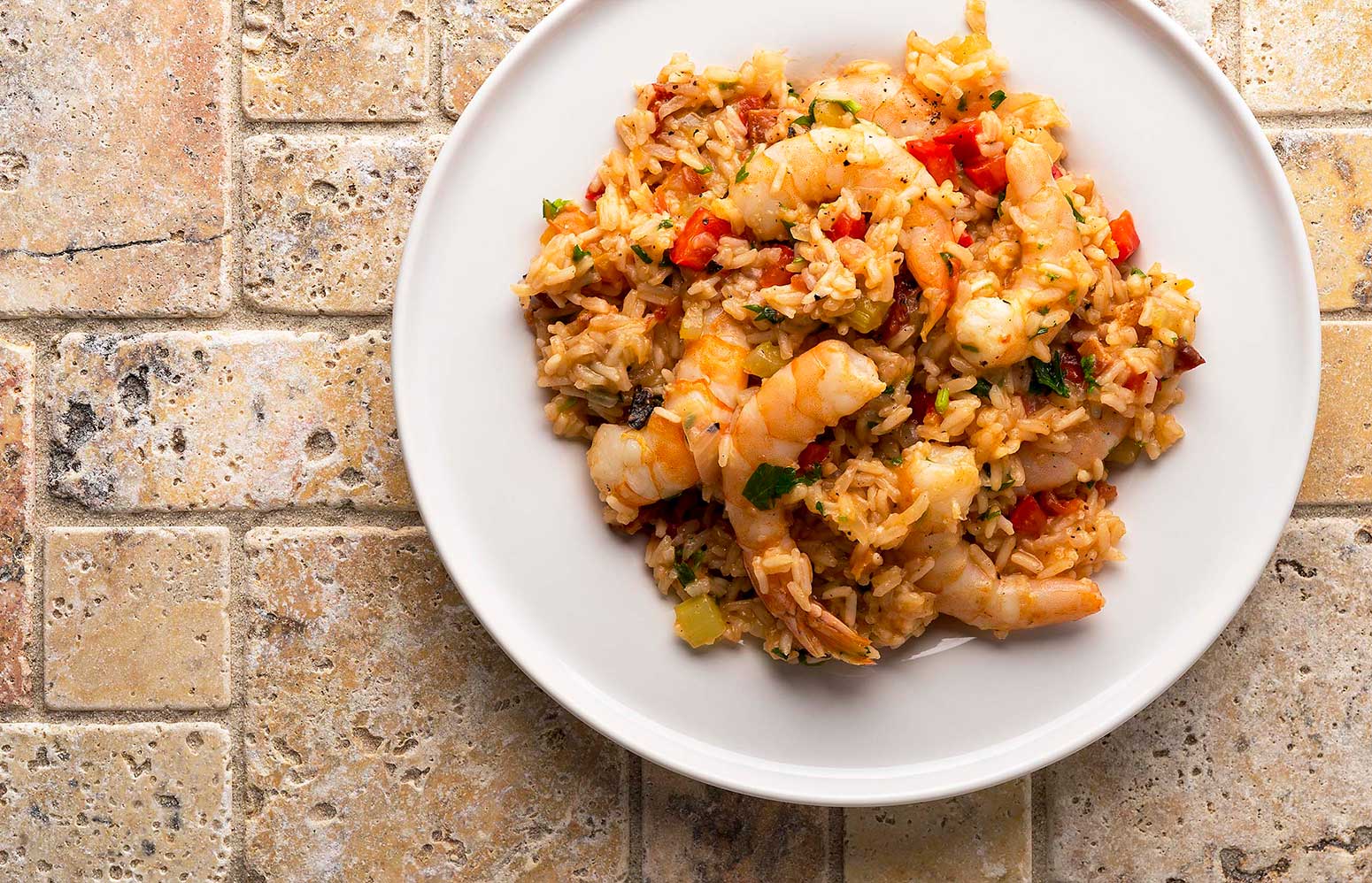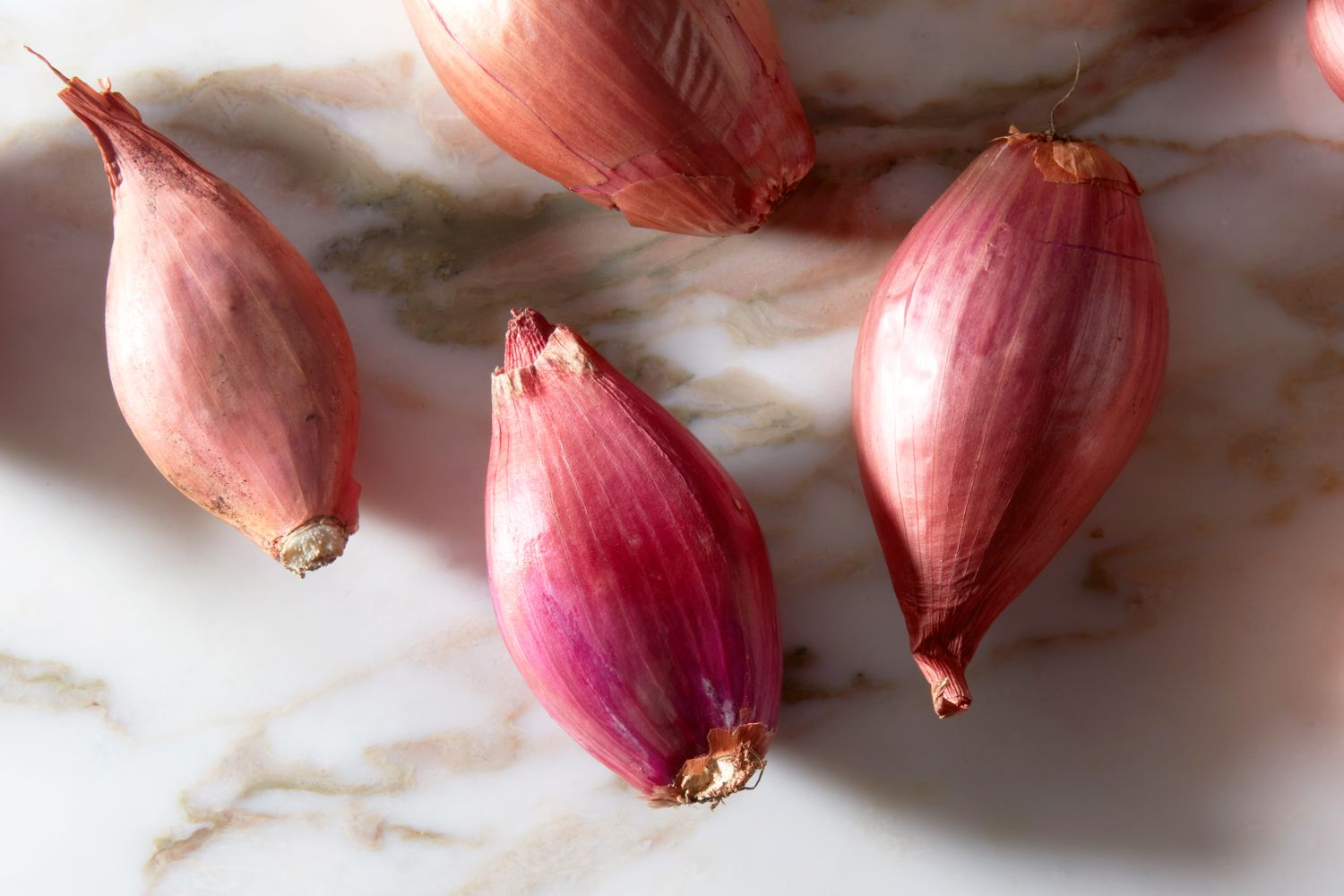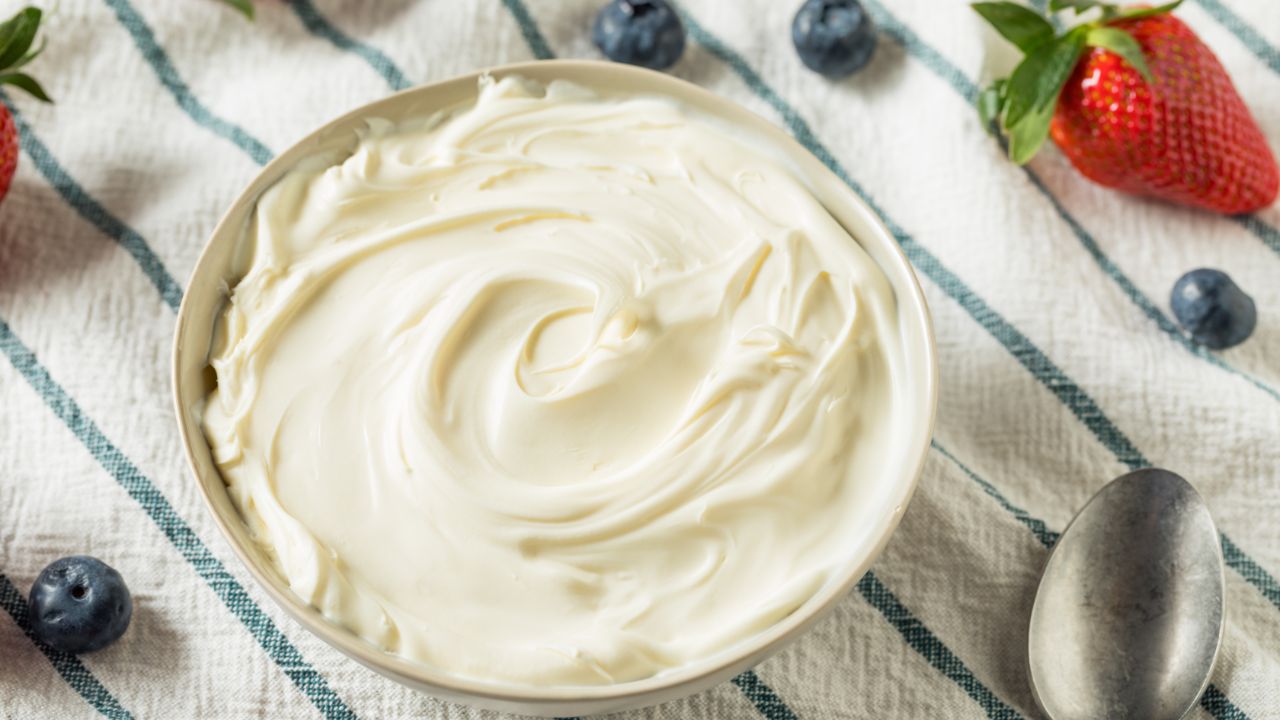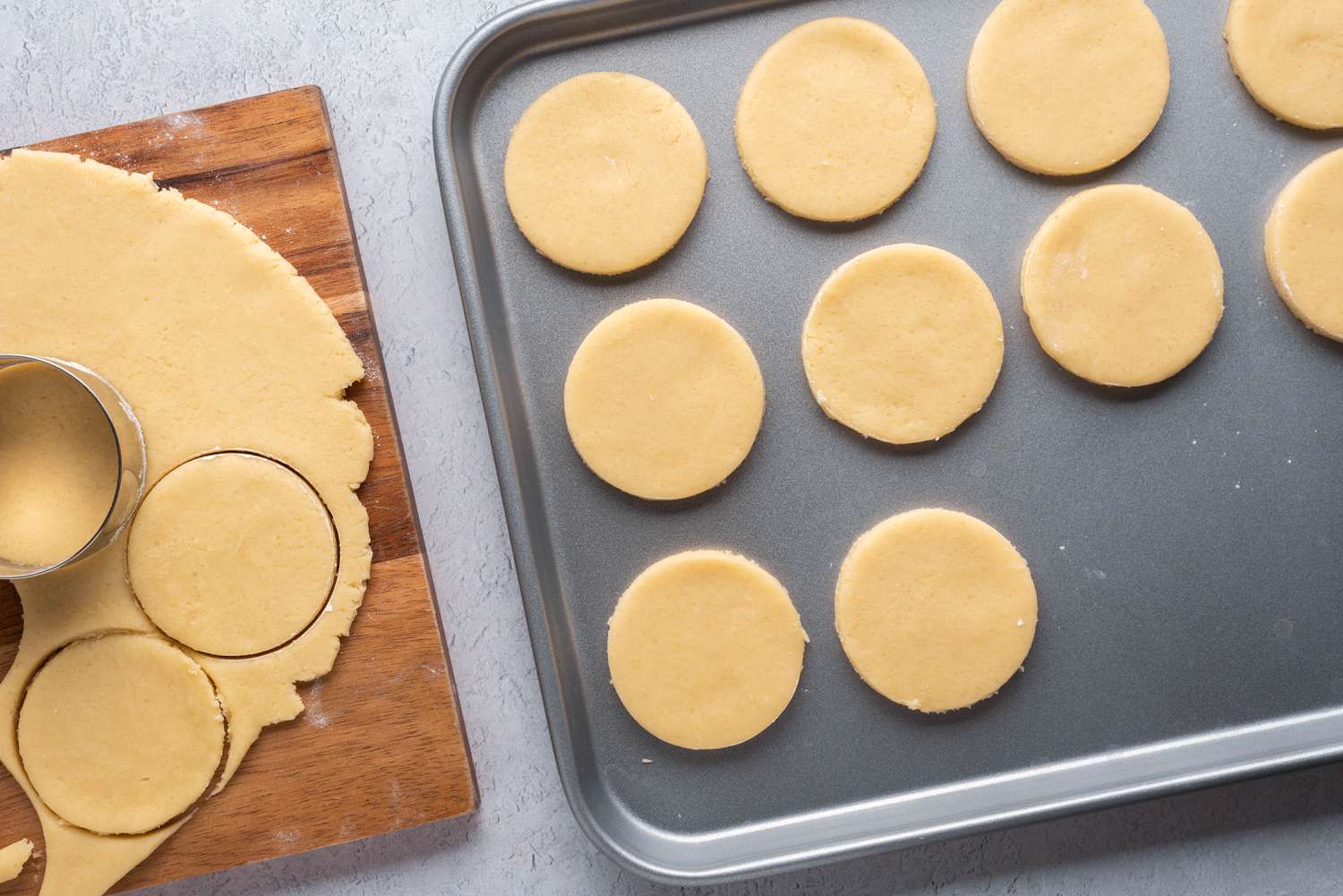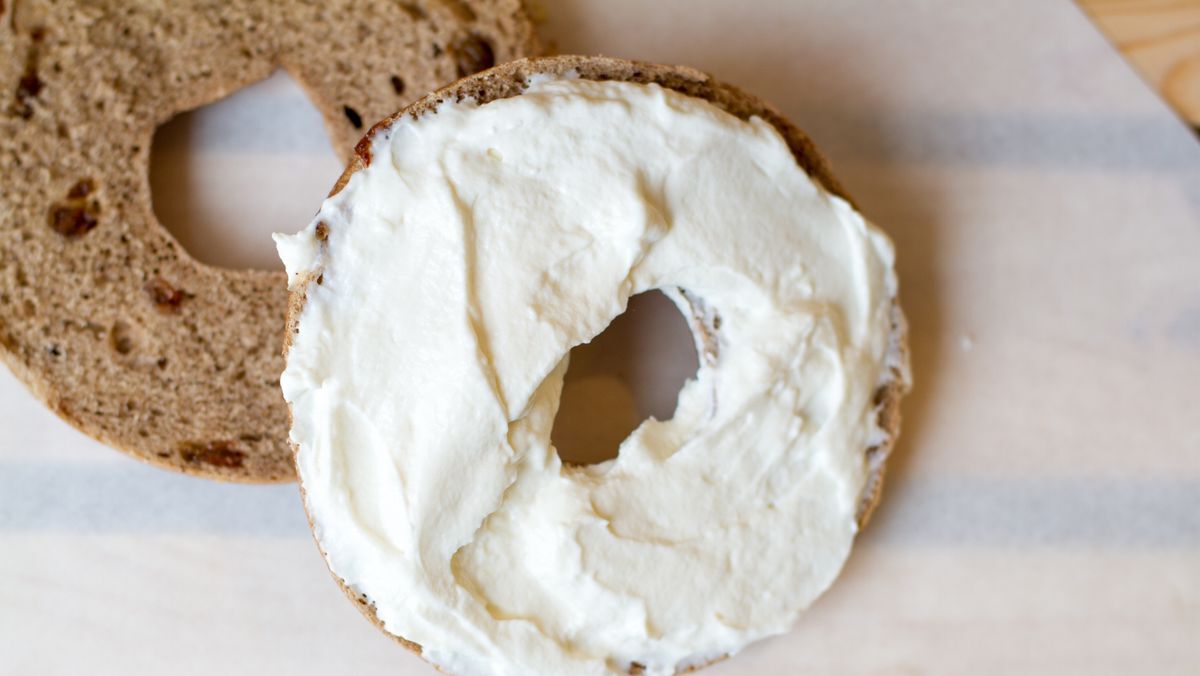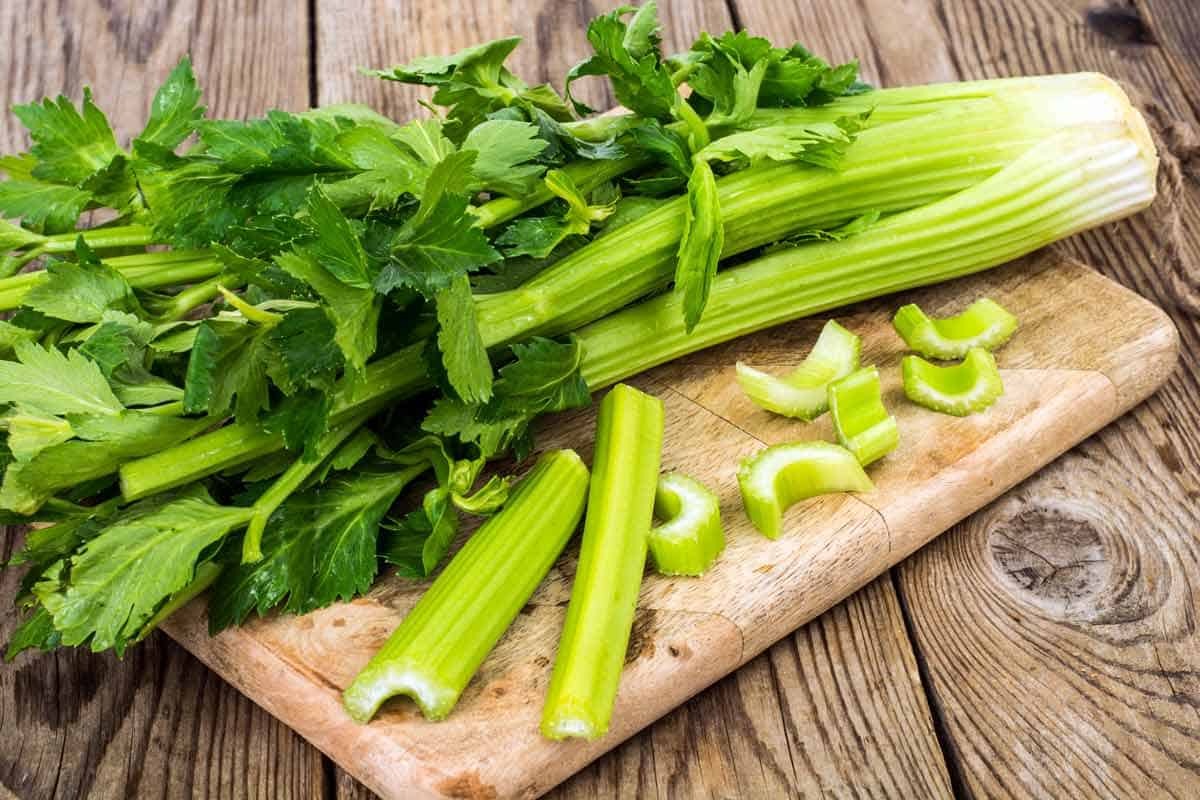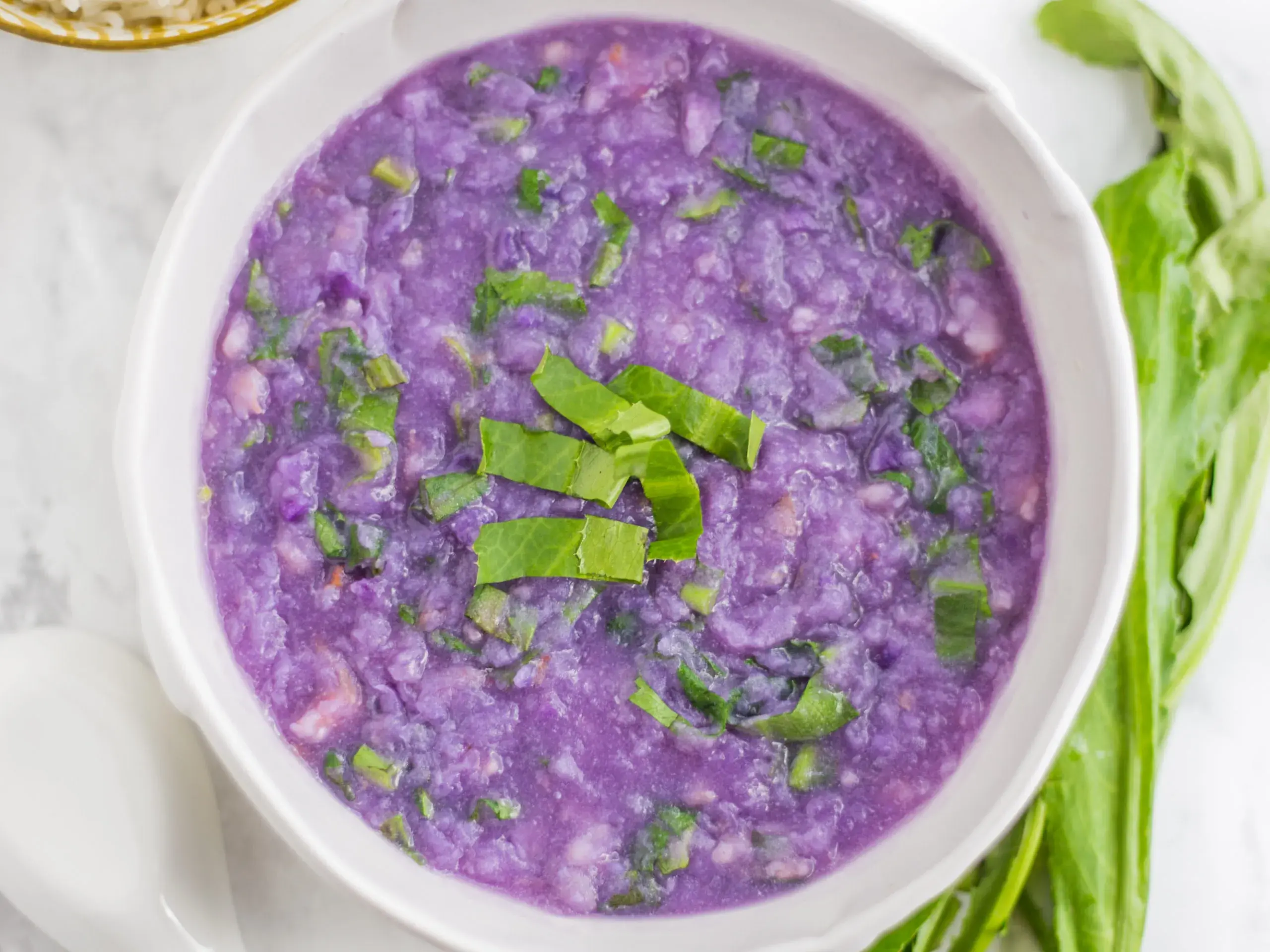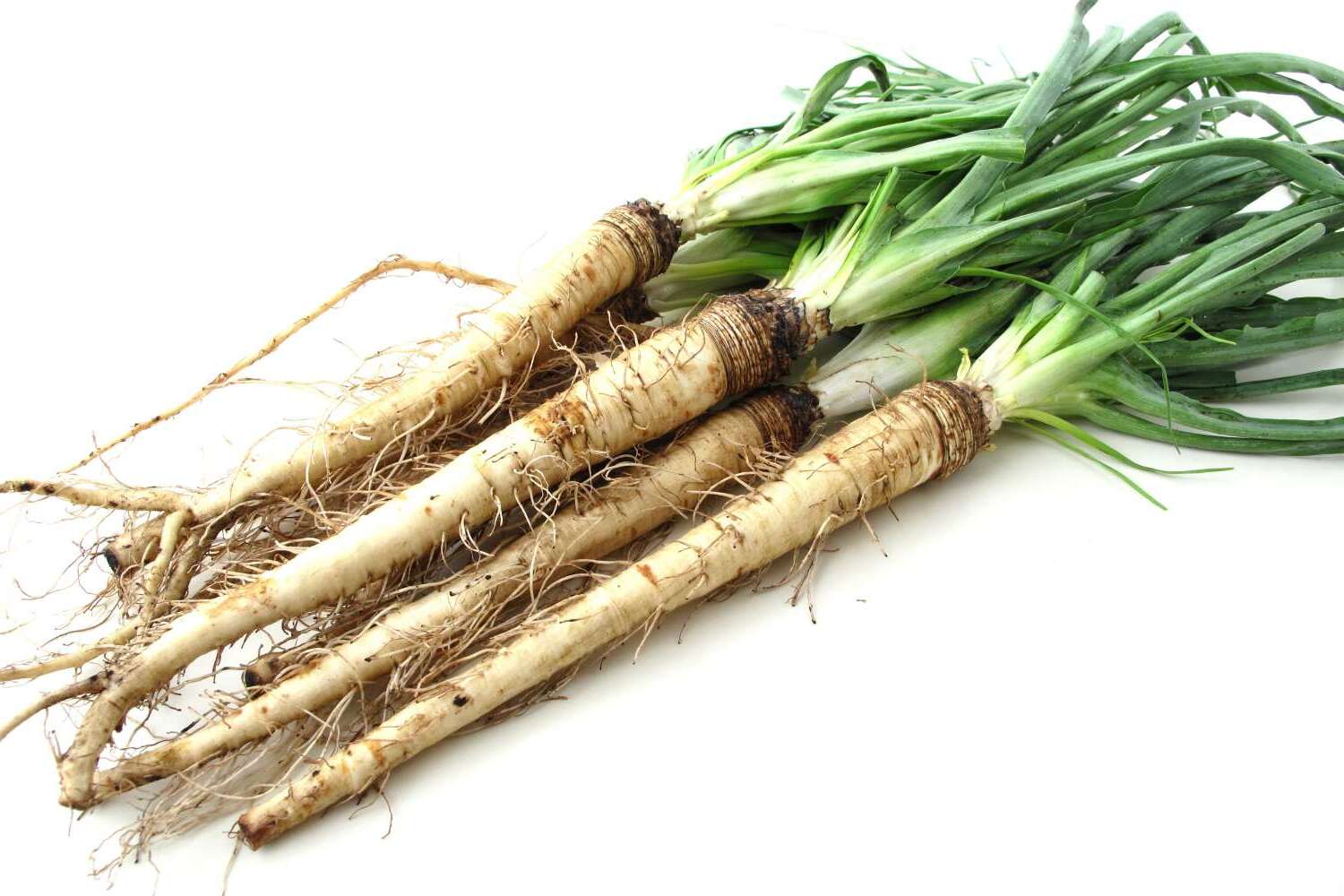When it comes to food ingredients, there are many that we may not be familiar with. One such ingredient is tapioca dextrin. You may have seen it listed on the packaging of some of your favorite foods, but what exactly is tapioca dextrin and how is it used in the food industry? Let's take a closer look at this interesting ingredient.
What Is Tapioca Dextrin?
Tapioca dextrin is a type of carbohydrate that is derived from tapioca starch, which is extracted from the cassava plant. It is commonly used as a thickening agent, stabilizer, and texturizer in a wide range of food products. Tapioca dextrin is often used in the production of snacks, baked goods, and other processed foods.
How Is Tapioca Dextrin Used?
Tapioca dextrin has several functional properties that make it a valuable ingredient in the food industry. Some of the ways it is used include:
-
Thickening: Tapioca dextrin is often used to thicken the consistency of food products, such as sauces, dressings, and soups.
-
Stabilizing: It helps to stabilize the texture and appearance of certain food items, such as ice creams and frozen desserts.
-
Binding: Tapioca dextrin can act as a binding agent, helping to hold together the ingredients in processed foods.
-
Coating: It is used as a coating for snacks and cereals to provide a crispy texture and improve shelf life.
Is Tapioca Dextrin Safe to Consume?
Tapioca dextrin is generally recognized as safe by the U.S. Food and Drug Administration (FDA) when used in accordance with good manufacturing practices. It is considered to be a non-toxic and non-allergenic ingredient, making it suitable for consumption by most people.
Nutritional Aspects of Tapioca Dextrin
From a nutritional standpoint, tapioca dextrin is a carbohydrate that provides energy to the body. It is often used in low-fat or fat-free foods as a replacement for fats and oils, contributing to the texture and mouthfeel of the final product without adding significant calories.
Conclusion
In conclusion, tapioca dextrin is a versatile food ingredient that serves several important functions in the food industry. It is derived from tapioca starch and is used to thicken, stabilize, and improve the texture of a wide range of food products. When consumed in moderation, tapioca dextrin is considered safe and can be enjoyed as part of a balanced diet. So, the next time you see tapioca dextrin listed on a food label, you'll have a better understanding of what it is and how it is used.
Was this page helpful?
Read Next: What Is Produce In A Grocery Store?
